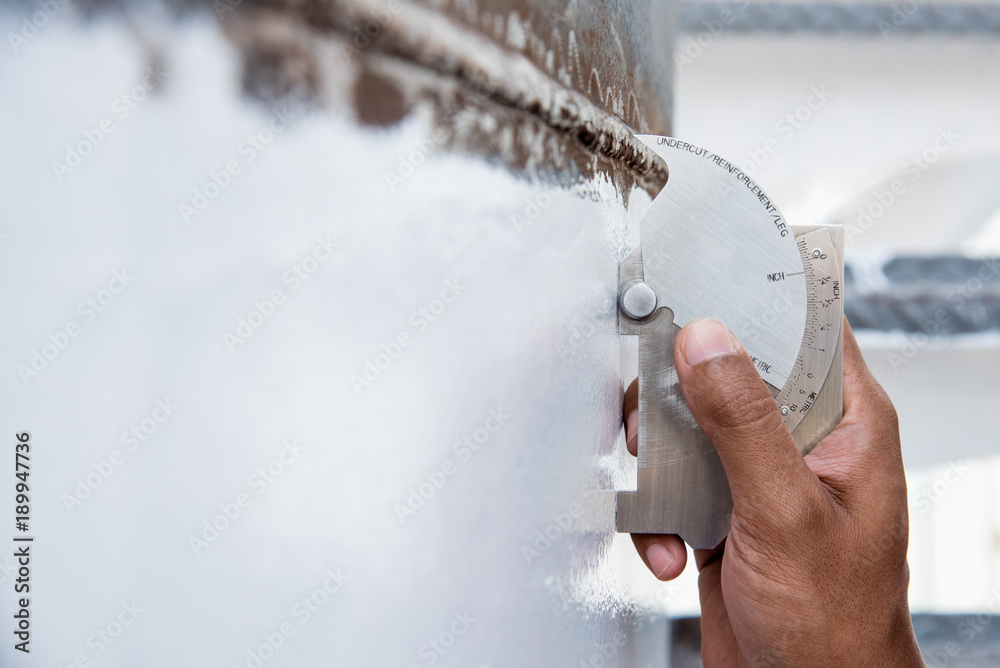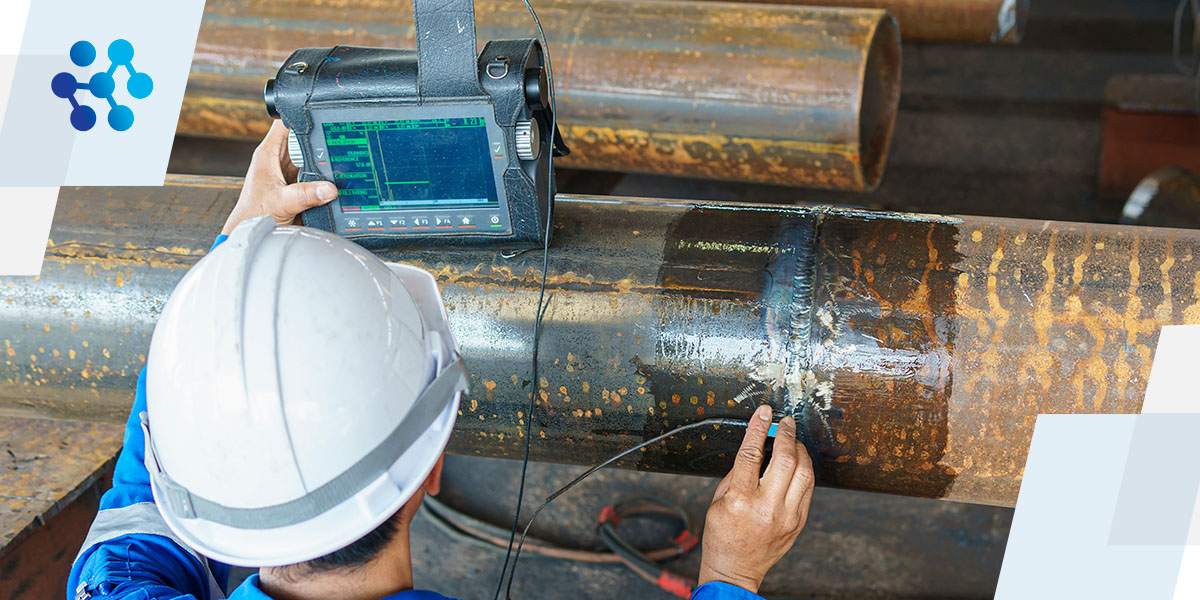Comprehensive Guide to Effective Storage Tank Welding Inspection Techniques and Ideal Practices for Quality Guarantee
In the realm of container welding, rigorous evaluation techniques are vital for guarding structural stability and making certain compliance with sector guidelines. As we explore these necessary components, it ends up being clear that an aggressive examination technique is not simply advantageous, yet important for functional success in atmospheres dealing with dangerous materials.
Relevance of Storage Tank Welding Assessment

Tank welding evaluation offers as a preventative action, identifying potential problems such as fractures, porosity, or incorrect joint penetration before they intensify right into serious problems. Regular assessments not just follow industry policies and requirements but also improve the longevity of the storage tanks, minimizing the demand for pricey repairs or substitutes.

Visual Examination Methods
Employing organized visual examination methods is essential for evaluating the quality and honesty of welded joints in containers. This method functions as the first line of protection in recognizing prospective issues such as fractures, damages, and inadequate penetration. The assessor needs to approach the job with an eager eye, utilizing ideal tools like amplifying glasses, flashlights, and mirrors to boost visibility.
Throughout the evaluation procedure, the examiner should assess the weld account, ensuring it follows defined standards and guidelines (Tank Welding Inspection). This consists of checking out the bead size, elevation, and fusion with the base material. Assessors should additionally pay close interest to the surrounding areas for signs of thermal distortion or contamination that may impact the weld's efficiency
Documentation of findings is vital; examiners must tape any anomalies, classifying them by seriousness for more analysis. This systematic method not only aids in instant problem recognition yet additionally adds to lasting top quality assurance by making sure conformity with sector criteria. Regular training and calibration of visual inspection techniques further enhance the reliability of assessments, ultimately resulting in much safer and a lot more sturdy container frameworks.
Non-Destructive Examining Approaches
Non-destructive screening (NDT) techniques are often utilized in tank welding inspections to examine the integrity of bonded joints without endangering their architectural honesty. These methods are vital for recognizing problems such as fractures, voids, and incorporations that could lead to devastating failures if left undiscovered.
Common NDT approaches consist of ultrasonic testing (UT), which uses high-frequency acoustic waves to detect inner imperfections; radiographic testing (RT), employing X-rays or gamma rays to envision weld structures; and magnetic bit screening (MT), which exposes surface and near-surface suspensions in ferromagnetic products (Tank Welding Inspection). Liquid penetrant screening (PT) is also commonly used, with the ability of finding surface-breaking defects by applying a fluorescent or shade contrast dye
Each NDT technique has its specific applications and advantages, making it necessary for inspectors to select the proper technique based on the product and the sort of weld being reviewed. The integration of these NDT techniques right into the inspection process enhances the general quality control framework, guaranteeing that bonded containers fulfill safety and efficiency standards. Eventually, NDT plays a critical role in keeping the integrity and durability of container structures in different commercial applications.

Documents and Reporting
Making sure comprehensive paperwork and reporting during tank welding inspections is vital for keeping compliance with industry standards and facilitating effective interaction amongst stakeholders. Correct documentation acts as a comprehensive record of evaluation activities, findings, and any corrective actions taken throughout the welding procedure. This details is vital not only for quality control yet likewise for audits and regulatory reviews.

A well-structured examination record should consist of details such as the date of inspection, names of inspectors, welding procedures used, products made use of, and any kind of variances from developed requirements. Furthermore, photos and diagrams can enhance the clarity of the record, giving aesthetic context to the searchings for. It is likewise essential to document any kind of non-conformities in addition to their resolution, making certain that all stakeholders are notified of potential risks and the steps required to mitigate them.
Furthermore, preserving a central data source for all examination reports permits easy access and testimonial, fostering a culture of openness and liability. By prioritizing thorough documentation and reporting, companies can not only copyright quality control but additionally strengthen their credibility within the sector, eventually leading to boosted security and operational efficiency.
Continual Improvement Practices
Constant renovation methods are crucial for enhancing the high quality and efficiency of tank welding examinations. Implementing a methodical strategy to analyze and improve inspection more helpful hints methodologies promotes a society of top quality guarantee within the organization. One effective method entails regular training and upskilling of inspection workers to remain abreast of the most up to date welding technologies and requirements. This makes sure assessors have the necessary knowledge and skills to determine flaws properly.
Moreover, utilizing data-driven analysis allows organizations to track inspection results, determine trends, and determine locations for enhancement. Employing tools such as root reason evaluation can assist in understanding the underlying concerns leading to issues, making it possible for targeted treatments. Additionally, obtaining responses from inspection groups and stakeholders develops Check Out Your URL a joint atmosphere that encourages ingenious services.
Incorporating innovative innovations, such as automated assessment systems and real-time surveillance, can significantly boost the accuracy and rate of assessments. Regular audits of the examination processes also add to a culture of liability and constant improvement. Eventually, these Check Out Your URL continuous enhancement practices not just elevate the high quality of tank welding evaluations yet also add to total operational excellence and consumer contentment.
Conclusion
In verdict, effective storage tank welding inspection is critical for ensuring the structural honesty and safety of storage systems, especially those taking care of dangerous products. Using a combination of visual examination techniques and non-destructive testing techniques assists in the very early recognition of defects, thus preserving compliance with sector criteria. In addition, robust paperwork and a dedication to continual renovation improve high quality guarantee methods. Eventually, these procedures add dramatically to functional excellence and the avoidance of possible safety and security hazards.